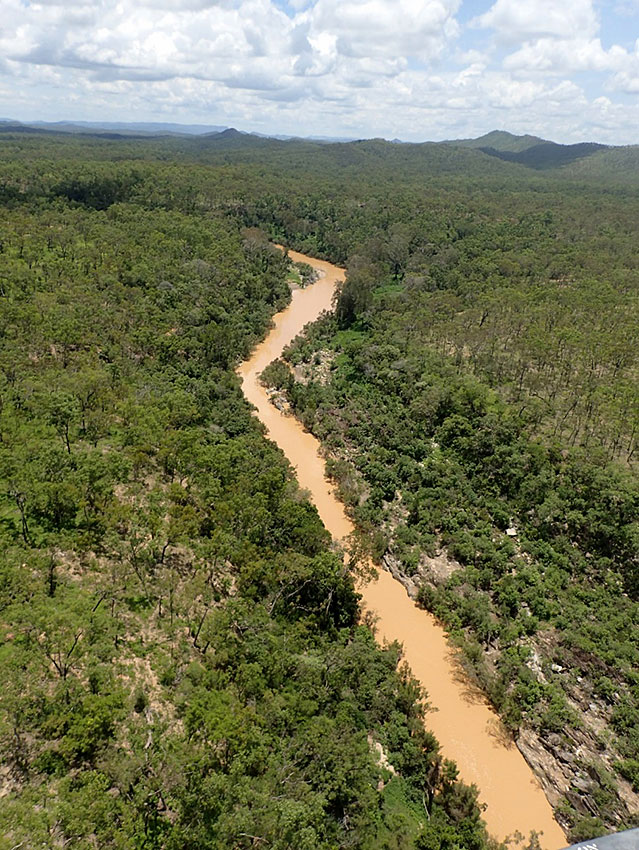Springvale Station Nature Refuge
The Queensland Government purchased Springvale Station in May 2016. The property was then declared Springvale Station Nature Refuge (the Nature Refuge) on 6 October 2017. The Nature Refuge is 56,000ha in size and was purchased for the purposes of adding to the State’s protected area estate, contributing to the conservation and enhancement of the property’s significant and cultural values, and reducing sediment run-off entering the Normanby River catchment. Located approximately 15km east of Lakeland and 40km south west of Cooktown, Springvale Station Nature Refuge is bounded by Ngalba-bulal National Park (CYPAL) to the east and Kings Plains-Alkoomie Nature Refuge to the north.
The acquisition of Springvale Station represents a whole-of-catchment approach to managing a State protected area. As well as protecting the property’s important natural and cultural values, this purchase, and its ongoing management, will also contribute to improving the water quality within the Normanby River catchment—a significant catchment draining to the northern Great Barrier Reef.
The Nature Refuge has now been destocked of cattle and management of the property has included progressively undertaking operational activities including pest (plant and animal) management, fire management, and track and road management to address the significant erosion issues on the property. This combined with the removal of cattle, aims to reduce the likelihood of sediment leaving the property. Various treatment methods will also be trialled to remediate existing priority erosion sites on the Nature Refuge. The Springvale Station Erosion Management Plan fact sheet contains information about the erosion issues and management with the Springvale Station Erosion Management Plan and supporting Technical Report guiding actions.
There is an outstanding diversity of 52 mapped regional ecosystems on the Nature Refuge providing important habitat for endangered or vulnerable flora and fauna species including:
- bare-rumped sheathtail bat
- brown antelope orchid
- Cooktown orchid
- estuarine crocodile
- ghost bat
- greater large-eared horseshoe bat
- northern quoll
- red goshawk
- Semon’s leaf-nosed bat
- spectacled flying-fox
- spotted-tailed quoll
- southern cassowary.
There is no public access on the Nature Refuge.







